some antique quilts I've finished
sandra_ferguson
16 years ago
Related Stories

DECORATING GUIDESThe Dumbest Decorating Decisions I’ve Ever Made
Caution: Do not try these at home
Full Story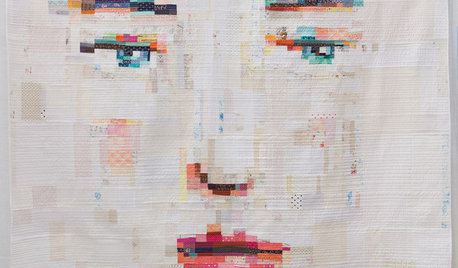
ARTSee Winning Modern Quilts on Display at QuiltCon 2015
Top quilts have been chosen from among hundreds at the international show in Austin through February 22. View them and others here
Full Story
BEDROOMSNew This Week: 3 Bed, Nightstand and Wall Combos You’ve Got to Try
Whether you prefer moody, minimalist or sunny, these 3 bedrooms uploaded to Houzz recently are exercises in stylish harmony
Full Story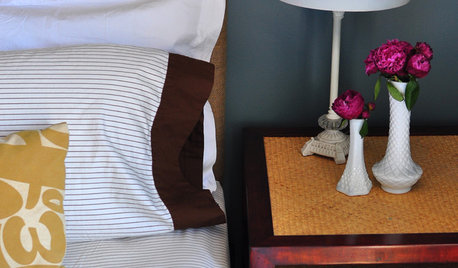
Call for DIY Projects: Show Us What You've Got!
Share a Pic of Your Handiwork with the Houzz Community
Full Story
DECORATING GUIDESCelebrating the Great American Quilt
They speak of family, history and beauty. Is it any wonder quilts transcend design styles?
Full Story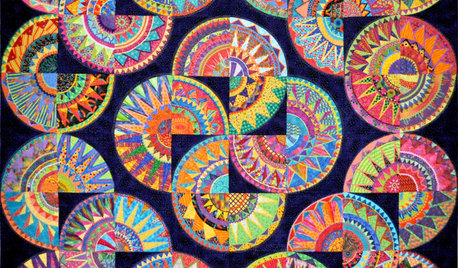
ARTShow News: Rare Quilts Get Museum Time
See 6 intricate designs from a California exhibition and get tips for building your own quilt collection
Full Story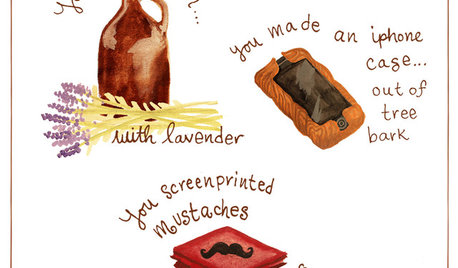
DIY PROJECTS12 Signs You've Caught the DIY Bug
Been making inventive things from scratch? Repurposing salvaged pieces creatively? It may be more serious than you think
Full Story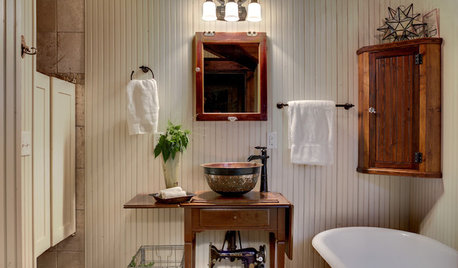
VINTAGE STYLEAntique Sewing Machines: Tailor Made for Nostalgic Decor
In full-on vintage rooms or contrasting modern looks, old sewing machines and tables are stirring up the past in a most stylish way
Full Story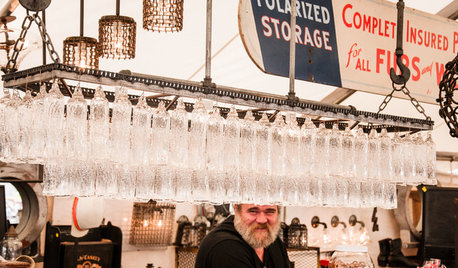
EVENTSTreasure Hunting at the Brimfield Antiques Fair
More than 5,000 antiques dealers are selling their goods along a 1-mile stretch of rural New England this week. Here's what we found
Full Story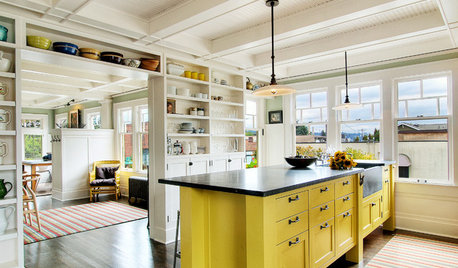
KITCHEN DESIGNHow to Lose Some of Your Upper Kitchen Cabinets
Lovely views, display-worthy objects and dramatic backsplashes are just some of the reasons to consider getting out the sledgehammer
Full StorySponsored
More Discussions







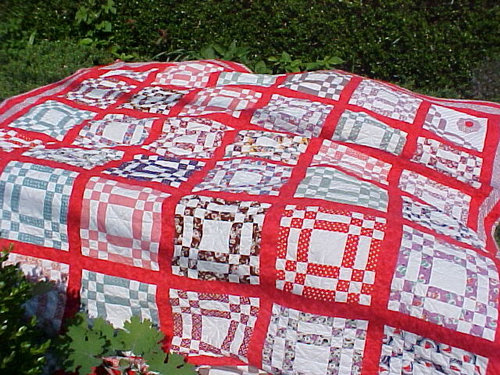

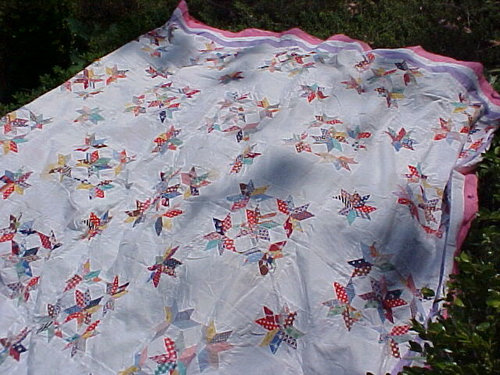

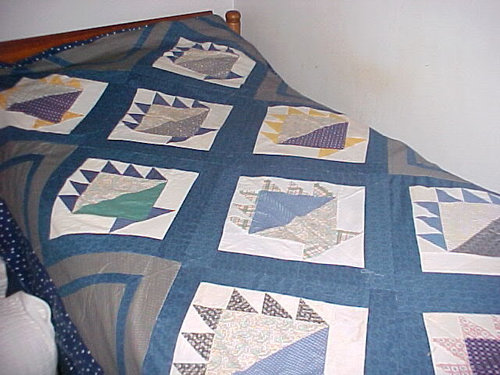
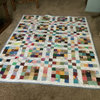
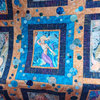
gerizone5
bluebars
Related Discussions
an antique quilt finished in the modern time....
Q
My antique heirloom quilts. Can you ID them?
Q
Need advice for quilting a thin top that I've had for 25 years
Q
I've Changed My Mind About This...Need Some Expert Pointers
Q
ccoombs1
scraphappy
mary_c_gw
toolgranny
kathi_mdgd
teresa_nc7
sandra_fergusonOriginal Author
foxykitten350234
biwako_of_abi
sandra_fergusonOriginal Author
bluebars
sandra_fergusonOriginal Author
grammyp
biwako_of_abi
biwako_of_abi
sandra_fergusonOriginal Author
User
biwako_of_abi
coalaska
sandra_fergusonOriginal Author